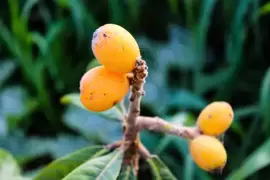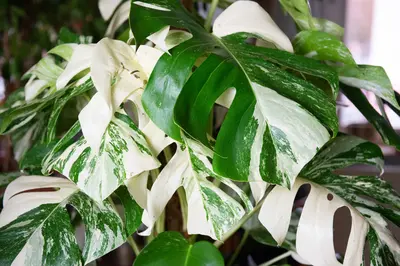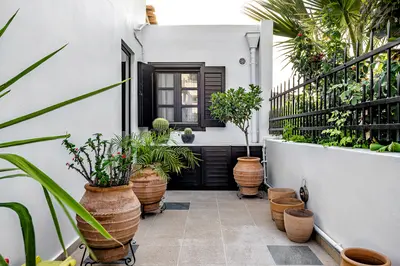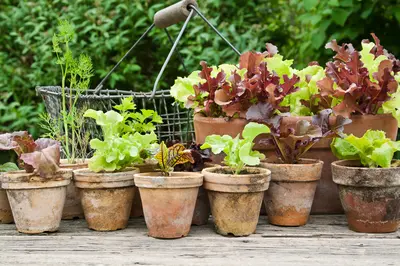
Plant a medlar tree and you’ll have a real talking point in the garden, as well as one of the prettiest small trees there is for year-round colour and interest.
Medlars are an ancient fruit, considered a luxury in mediaeval times (there are records suggesting the ancient Greeks were partial to a medlar, too). These days they’re more of a curiosity.
Medlars fruit very heavily, but you can’t eat them straight away. Instead, they must be ‘bletted’ – left to grow soft – for a couple of weeks before the sugars develop properly. At this point you can just eat them out of their skins with a teaspoon, when they have a curious but pleasant taste, a little like stewed apples and custard, with a smooth, creamy texture. Or you could always peel them for medlar jelly – perfect with a good sharp Cheddar cheese and some red wine.
The trees are a perfect choice for small gardens, as they are self-fertile so don’t need a pollinating partner to set fruit, and won’t grow to much more than about 5m high. They also have a pretty, spreading habit – ideal for a focal point in the middle of a lawn, say. In spring, their handsome rich green leaves are smothered in huge white flowers, like extra-large apple blossom, followed by those curious, nut-brown fruit set against a backdrop of red-orange autumn colour before the leaves finally fall.
Now is the perfect time to plant one for yourself, so pop into the garden centre here in Athlone and select one for your own plot. Find a sheltered spot in sun or part shade, with rich, free-draining soil. Medlars are compact enough to grow quite happily in a large container, too: use a soil-based compost, such as John Innes no. 3, and feed regularly throughout the growing season to ensure lots of fruit.




